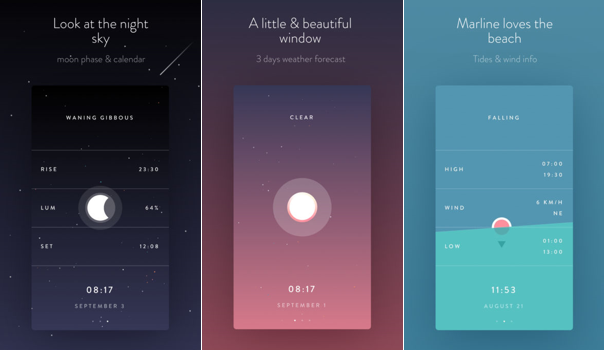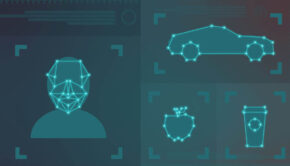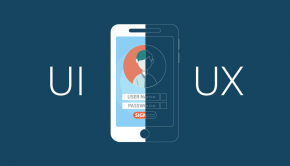Factors Affecting User Experience of a Mobile or Web App: 2021 Update
User experience design has become a discipline primarily concerned with a variety of aspects of design and interactive elements. Don’t you want to have a sneak peek at those fantastic elements, making mobile and web experiences worth exploring for users?
Let’s get started!
Why Work On User Experiences?
Back in the days when there were no smartphones or sleek social media websites like Facebook or YouTube, nobody cared about user experience. It was never a big deal, and the websites never bothered about it. But for the past few years, user experience is the most critical factor that directly leads to the success or failure of a mobile app or website design.
In many cases, user experience is referred to as the usability of your mobile app or a web app, which is true to a certain level.
However, UX has grown more to accommodate usability and many facets that need to be taken care of to deliver a superior user experience to your mobile app user.
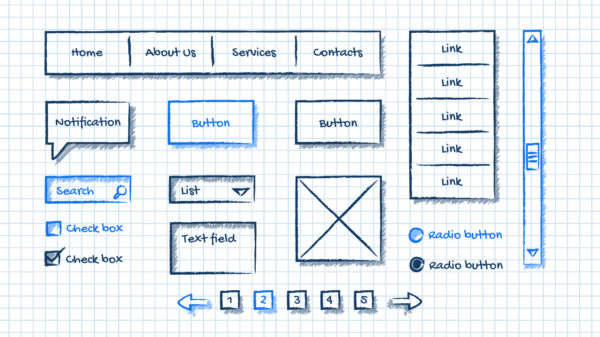
Everybody’s talking about user experience now, and the reason is the adoption of iOS and Android devices.
Also, UX has a significant impact on the daily lives of more than a billion people around the globe.
You can take examples of highly interactive websites and mobile apps that made it easier for people to share photos with family and friends, buy groceries, order a pair of new shoes, and anything else they want.
You can see how easy and interactive it is to get everything done. And this is all because of the contribution of user experience design elements and proven strategies.
Here, in this article, you would be learning key concepts, best practices, UX roles, and the difference between user experience (UX), user interface (U.I.), and usability.
Most of UX’s current focus is related to electronic devices and websites, so most information discussed in this article refers to them.
So, without further ado, let’s get on knowing the factors that influence the user experience.
Major Factors That Affect the UX of Your Mobile or Web Application
There are precisely 7 essential factors that can influence a user experience in both a mobile application or a web application. These are:
- Useful
- Usable
- Findable
- Credible
- Desirable
- Accessible
- Valuable
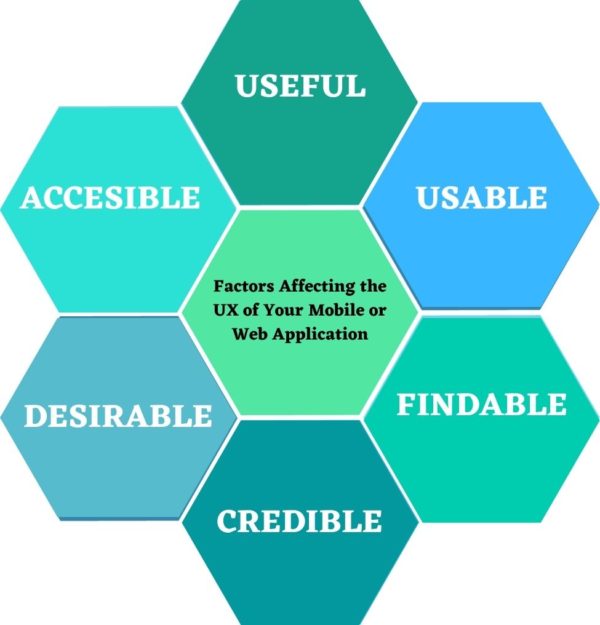
Useful
One of the main motives behind a product release into the market is if it’s useful for the customer. And the product’s usefulness rises or falls with the quality of design.
No one will launch a product that is not usable. Today’s generation is fast-paced and doesn’t like to waste time with brands and digital assets that don’t help them quickly achieve their goals.
The customers will soon forget companies that produce less interactive products. Companies must always be alert to provide products or services that are useful for clients or customers.
Remember Orkut, one of the most popular social media websites in the 2000s. It just couldn’t stand the user experience provided by Facebook, which leads to its extinction.
Usable
A mobile or web app should help users achieve their desired goals effectively. Remember, poor web usability can be easily seen in the first version of a website or app. So, you should be very careful about what and how to integrate design elements to make your web experience effective and most interactive.
Web and mobile app development companies find out the difficulties in using them and launch a new facility. The second variation will have more usability than the first one, and so on. There is an advanced version for each product, which has more features and is more readily usable.
No one can guess what exactly your customer needs or expects from you. To reach their expectations and needs and make your customers enlighten your product’s purpose, you have to reach the middle ground through feedback and by giving out better information about your product to the customers about the usability.
What do you think your web app should be: Good or great in design? Here comes the need for usability integration in your app to make it worth exploring for users.
Findable
The primary goal of this factor is to make your customer use your app and reach his/her destination without hassle. In short, they should be able to find what they came for.
Modern buyers love to go to Google as their first step in the buying process. Well, fully-stocked shelves of brick and mortar retail stores no longer are recommended for successful conversion.
Findability now embraces search terms. As a report by the U.S. Census Bureau, the country’s population is exceeding around 320 million. Wired informs that more than 600 million searches are recorded as greetings each day. The same Wired article also declares that buyers are around 90 percent use search option” than their different browsing counterparts.
External search engines may lead a potential customer to a business site, but that site’s search engine thwarts or seals the buying transaction. Misspellings are sparking a “nothing found” response that pushes the customer to compete for sites. The choice of reviewing the same types of products should appear under a hostile “not found” message.
These days findability also mandates respect for users who start their search mission using a big-screen laptop and desktop. They continue to put their search results with a smartphone or tablet. For this reason, current coding specifications encourage “responsiveness,” pages designed to flow into any screen.
We must design interactive and navigable websites, so users can find what they want.
Like in a newspaper, all the articles are not scattered; they are arranged systematically according to the related topic. So if a reader wants to have sports news, he/she can directly find the sports newspaper over there. So finding should be easy. In our website design, also content needs to be navigable and locatable onsite and offsite.
Credible
Credibility, in general, refers to the trust that the customer has in your app or website. When a customer is investing time and money in your service, you should give him/her the right and accurate information.
Providing wrong information or tricking your customers will damage your credibility, and people stop trusting you. And customers have a weapon called reviewing. Bad reviews are always wrong in every way. It will stop you from getting new customers, and the current ones won’t stick for long. Without trust, consumers won’t be interested in buying any of your services or products. Once the trust is lost, it cannot be gained easily.
To gain credibility, including customer testimonials for your products and services would be the best and profitable step. Create videos of your past customers using your product or service and tell them why they chose your product. Credibility has an essential effect on the user experience of our service.
Knowledge of a field conveys credibility. For example, testimonials and detailed product pictures can be the sources to promote credibility.
Think: two businesses make and supply journals. One provides a snapshot of the cover. The other one follows a series of images, each one describing a specific feature in the book.
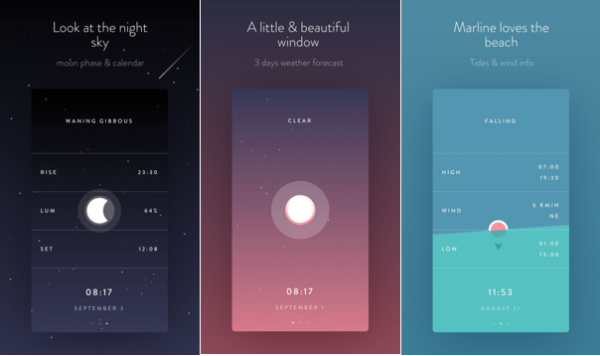
Marline is one of those apps you would fall in love with. But now, it’s only built for iOS users.
Desirable
A product’s desirability always goes with the value for money. If your product has more value for money, it will be considered more desirable among users and vice versa.
A service or product’s passion can be around design, inspirational design, branding, image, company, and lifestyle. Branding your website is always useful, and it helps in developing a company efficiently.
You can take an instance of Apple (iPhone) for design consistency. Due to its inspired design approach, Apple’s customer service remains the highest-rated as compared to others.
There is a big debate if Apple products are desirable over Android phones, well I don’t know. But I know that their products or their software are desirable, so they compete with others.
Accessible
Your products or services must be accessible to all kinds of customers. Even if you have good customer targeting, there will be people with different disabilities like hearing, vision, or other disabilities. And your job is to make sure that your website or mobile app is accessible by everyone.
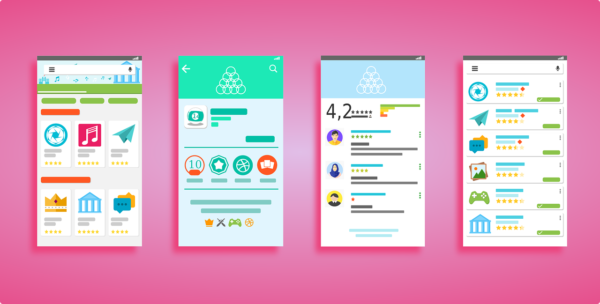
Companies consider a website with design accessibility as a complete waste of money. They stick with the impression that people with disabilities are a few and don’t need much focus. Still, for a service or a product to be successful, accessibility should also be considered.
Suppose you are to view the accessibility issue through a myopic lens. In that case, you’ll miss a crucial fact: products accessible to those with a limited range of capabilities guarantee ease of use by those with a broader range of capabilities.
There are laws in some countries mandating accessibilities to all spans. For example, the USA has ADA compliance for creating web apps, and a website needs to follow the rules of ADA compliance.
Valuable
It’s simple; your product must deliver value. It must provide value to the business, creating it and the user who buys or uses it. Without benefit, there is likely no initial success of a product. You can enhance the user experience of your website by following the given tricks.
- Listening to the feedback
- Understanding customer-specific needs and design
- Increase your Brand value by writing blogs on the knowledge you have, and it establishes brand value in the user’s mind
In general, a customer perception equates to value, and it’s not easy to be there all the time. Your product must perform over age and time, reflecting the value and making sure it brings more customers with them.

Customer perception equates to value.
For example, a fountain pen placed inside a drawer for several months produces smooth and uninterrupted lines in the first attempt. This transforms it into a valued product.
In a nutshell, the product needs to deliver value, which is one of the right reasons for your customer. It also helps in spreading your brand or website by mouth to mouth publicity.
Benefits Of UX Design?
As a UX professional, you design applications, systems, and devices for users to ensure an interactive experience that is as easy to use as possible.
The UX designer’s role is to create a highly usable product by making the user’s tasks as easy as possible and smoothing the user’s transitions between tasks.
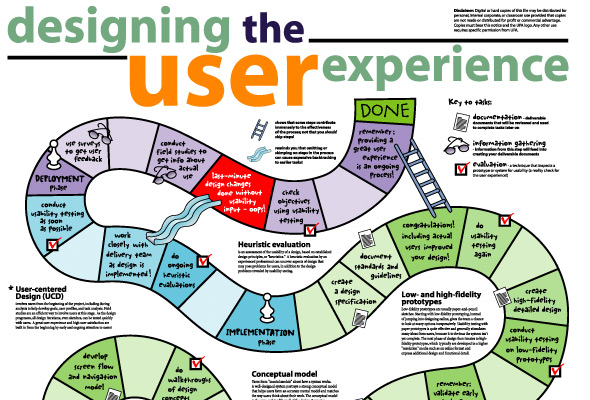
Source: Interactive Factual
There is no limit to human cognition and physical interactions in the design process. Thus, UX experts have worked hard and developed various design principles and guidelines based on human factors. They have gone through analytics and usability testing and learned a lot about user experience.
Users don’t like waiting, so if they download something, and it takes way too much time, this can negatively impact their productivity. When they get frustrated, they can’t concentrate on their purpose and might lose the focus to use a website or application.
Web usability ensures that products don’t exceed the users’ mental and physical capabilities. Let’s take a glimpse at some of the benefits of user-centered design.
Understanding Problems
By implementing the user-centered design, we can better understand the problems we need to solve. In short, we can perceive users’ pain points and improve our design solutions.
By observing how users interact with a product or service, we can be aware of specific behaviors that provide a different perspective on a problem.
If users encounter any problem while using an app, how do they react to it? Here, you should offer them a well-designed solution that users can grasp and understand, even if it’s a complex one.
Improving Users’ Quality of Life
Users might experience two types of products or services: primary or essential, products, and complementary products. Primary products are commonly derived by knowing the identified user needs. These are created to fulfill specific users’ requirements.
For example, we might identify a need for a mobile app that helps people better accomplish everyday actions such as shopping for groceries or booking doctor appointments.
These types of apps could make these transactions more straightforward. You can even discover a need for a mobile app that connects a community to solve a specific purpose.
In contrast, while sold separately, complementary products add value to and create demand for each other. Users buy these products together to solve their purpose. Instead of merely maximizing a company’s earnings from a less valuable idea, we must think about providing a product or service that improves people’s lives.
Increasing Sales
The sale of a product or service can only be increased when it satisfies users’ needs. But, if a company stimulates a service or product’s sales artificially through advertising, they won’t get longer benefits from it.
In contrast, increasing a website’s organic engagement is always the best and one of the most promising approaches than relying on advertising. Doing this will give you a clear insight into your product’s future and predictions of the next correct moves.
Validating Concepts
An iterative design and testing process let you implement and check your assumptions and ideas directly to the app. It further helps you take real-time feedback from users.
Companies can save money by quickly conducting a test for products or design concepts to validate them before writing long codes. There would be no failure if we continuously learn from our previous mistakes.
Once you test your app or website, get feedback, and improvise your design concepts, you can definitely plan to release a highly interactive product. Doing all of this before the developers start building the product saves everyone much pain.
Clarifying Vision
Following a user-centered design approach provides a clear vision of what should be built next. You can see the users’ perspectives on a product—what presents difficulties, how to deal with problems, and what offers benefits. Thus, you can provide an exact visual representation of the product vision.
Engaging Users as Customers
Treat your website or app users as customers. Initially, they might not give you much revenue, but later they will be your consistent revenue sources.
The strategy also lets you understand what customers want from your product. You’ll be better able to deal with the user’s emotions, requirements, requests, and needs and learn everything else necessary to provide a better solution.
Having direct connections with users ensures better consistency in their needs. This will also provide product longevity and increased users’ trust.
Gaining Credibility
Maintaining credibility for your product is crucial to building a strong relationship with users. This credibility develops over time. You have to build it. Once your product established credibility, you have to work hard to sustain and even increase it over time.
Reducing the Resource Burden
Once these building blocks come with all the benefits of user experience, your product will get all the UX and design resources it needs. Therefore, your users can be considered the primary source of the stock from where all resources flow. Your team needs to know as many details about the user as possible, so you can make more significant improvements to the product and create the best product updates possible.
Improving Estimation
The better you understand users’ needs and the product you’ll create to address them, the better your basis for estimating your product design and development effort and costs. Your requirements are exact. You know your next move. You can expect to see your web app or service’s future in around three to five years from the current date.
Conclusion
In the current demand for mobile apps and web applications, user experience is the most crucial thing that decides your product’s fate. Get all the factors of the UX right, and nobody can stop your app from being successful.
Most of the apps with great UX do not need marketing. But it’s nothing that you shouldn’t market your product. Instead, market your product with robust UX because a website or app with fantastic UX gains popularity through mouth-to-mouth publicity.
If you have queries regarding web and mobile applications, feel free to contact us. Don’t forget to send your valuable feedback in the comment box below.

